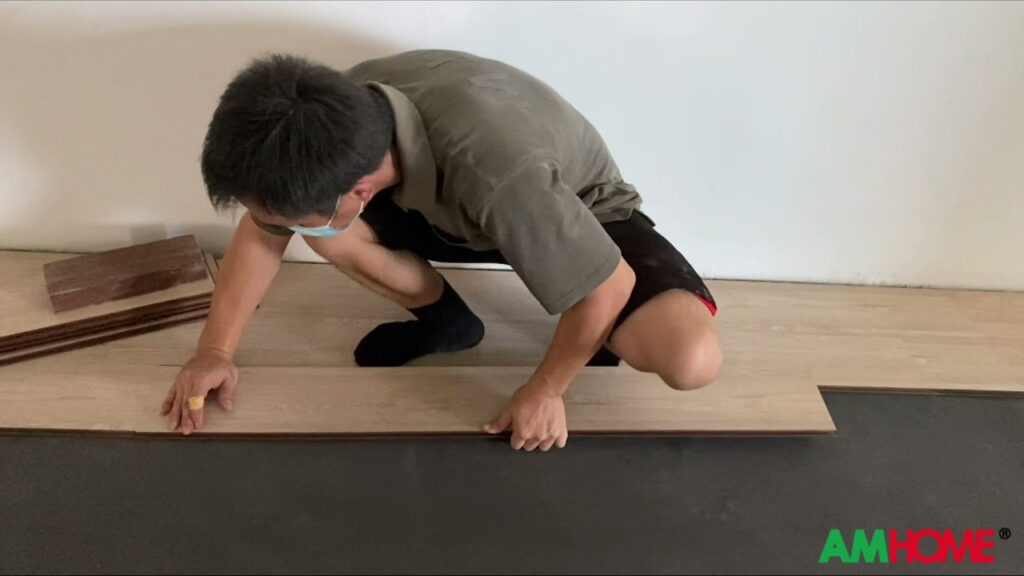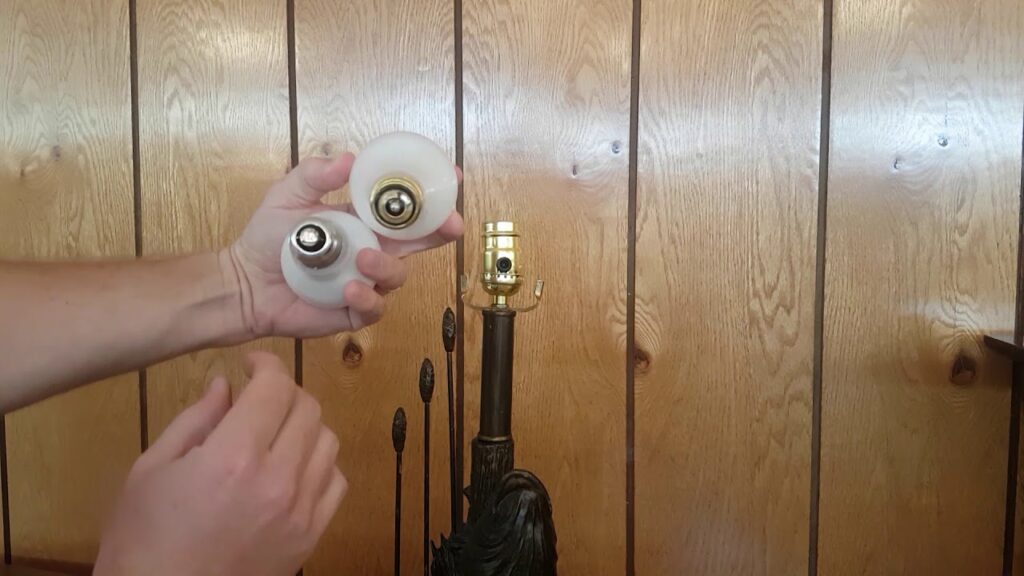Step-by-Step Guide to Tapering Drywall Edges Perfectly
Tapering drywall edges is a crucial step in achieving a smooth, professional finish for your walls. With the right techniques and tools, you can achieve perfectly tapered edges that seamlessly blend into the surrounding surface. Follow this step-by-step guide to master the art of tapering drywall edges.
1. Prepare the Drywall
Before tapering the edges, ensure that the drywall is properly installed and secured. Use a utility knife to score the surface along the edges, creating a shallow groove to guide the tapering process. This step is essential for achieving clean, precise edges.
2. Apply Joint Compound
Using a taping knife, apply a thin layer of joint compound along the tapered edges. Feather the compound outwards to create a smooth transition between the tapered area and the surrounding drywall. Be sure to blend the edges seamlessly to avoid any visible lines or bumps.
3. Sanding and Finishing
Once the joint compound is dry, carefully sand the tapered edges to create a seamless finish. Use fine-grit sandpaper to smooth out any imperfections and achieve a uniform surface. After sanding, inspect the edges closely to ensure they are perfectly tapered and ready for painting or wallpapering.
By following these steps, you can effectively taper drywall edges to create a flawless finish that enhances the overall appearance of your walls. Taking the time to master this technique will result in professional-looking results that will elevate the aesthetics of any room.
Tools and Materials You Need for Tapering Drywall Edges
When it comes to tapering drywall edges, having the right tools and materials is essential for achieving a professional finish. Here are the key items you’ll need to ensure a smooth and seamless taper:
Tools:
- Taping knife: Used for applying joint compound and feathering edges.
- Utility knife: Essential for cutting and trimming drywall tape and paper.
- Corner trowel: Helps to achieve clean, sharp corners when taping and mudding.
- Sanding block: Used for smoothing out rough edges and achieving a seamless finish.
- Drywall saw: Necessary for cutting and shaping drywall to fit around obstacles.
Materials:
- Drywall joint compound: Also known as mud, this is used to fill joints and cover drywall tape.
- Drywall tape: Used to reinforce joints and prevent cracking.
- Sanding paper: Essential for smoothing out rough patches and achieving a polished look.
- Primer: Helps to seal the drywall and create a uniform surface for painting or wallpapering.
- Drywall screws: Necessary for attaching the drywall to the studs or joists.
By ensuring you have these tools and materials on hand, you can tackle tapering drywall edges with confidence and precision, ultimately achieving professional results in your drywall projects.
Common Mistakes to Avoid When Tapering Drywall Edges
When tapering drywall edges, it’s important to be mindful of common mistakes that can compromise the quality of the finished wall. A key error to avoid is neglecting to use a proper taping technique. This can lead to visible seams and an uneven surface. It’s crucial to apply the tape evenly and firmly to achieve a smooth transition between the tapered and non-tapered areas.
Another mistake to avoid is over-sanding the tapered edges. Excessive sanding can result in a noticeable difference in thickness between the tapered and non-tapered areas, leading to an uneven surface that is challenging to hide. It’s essential to sand carefully and methodically to ensure a seamless transition between the two areas.
Furthermore, failing to adequately feather and blend the joint compound along the tapered edges can lead to visible ridges and imperfections. Proper feathering and blending are critical to achieving a seamless finish. It’s important to take the time to feather the edges gradually, ensuring a smooth transition and minimizing the risk of visible imperfections.
Lastly, overlooking the importance of using a high-quality joint compound can lead to unsatisfactory results. Using a subpar compound can result in difficulties in achieving a smooth finish and can adversely affect the overall appearance of the wall. Investing in a high-quality joint compound is essential for achieving professional-looking results when tapering drywall edges.
Expert Tips for Achieving a Professional Finish on Drywall Edges
1. Use High-Quality Tools
Investing in high-quality drywall knives and sanding tools can make a significant difference in achieving a professional finish. Look for tools with sharp, stainless steel blades for precise cutting and smoothing.
2. Apply Multiple Thin Layers
Instead of attempting to apply a thick layer of joint compound in one go, opt for multiple thin coats. This technique allows for better control and smoother results, minimizing the need for excessive sanding and reducing the risk of uneven edges.
3. Perfect the Feathering Technique
Mastering the feathering technique is essential for achieving seamless transitions on drywall edges. Gradually taper the joint compound outward to create a smooth and gradual blend with the surrounding surface, ensuring a professional-looking finish.
4. Prioritize Proper Sanding
After each layer of joint compound is applied, ensure thorough sanding to eliminate any imperfections and create a smooth, uniform surface. Use fine-grit sandpaper and focus on feathering the edges for a seamless integration with the rest of the drywall.


